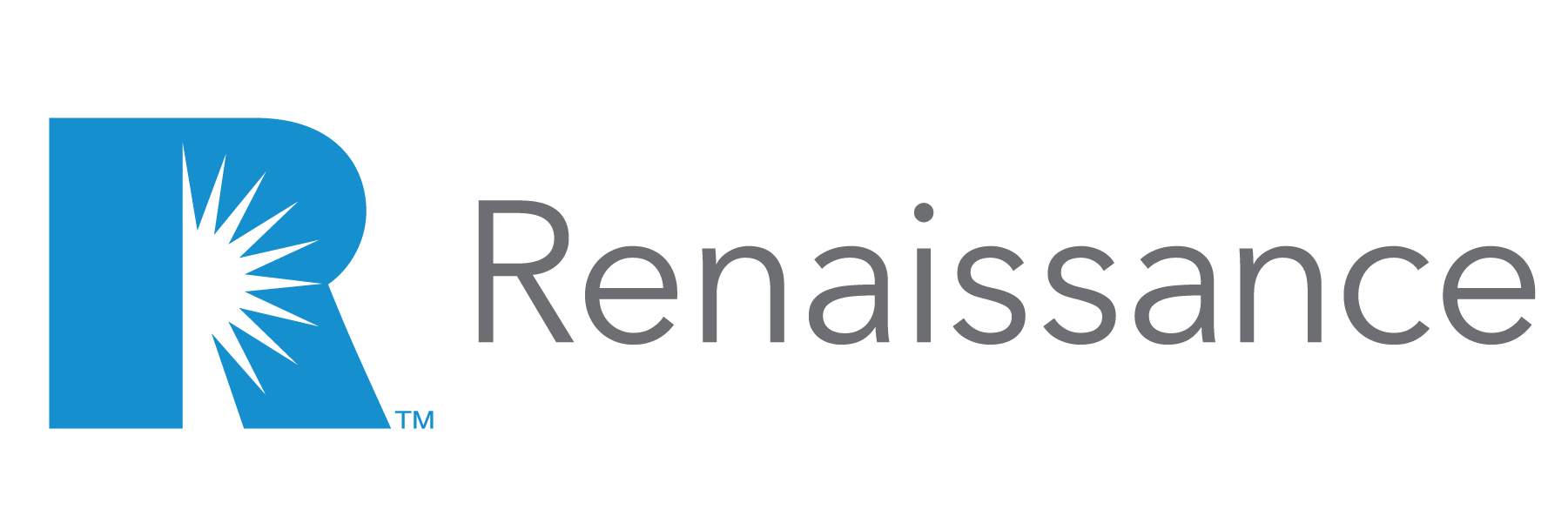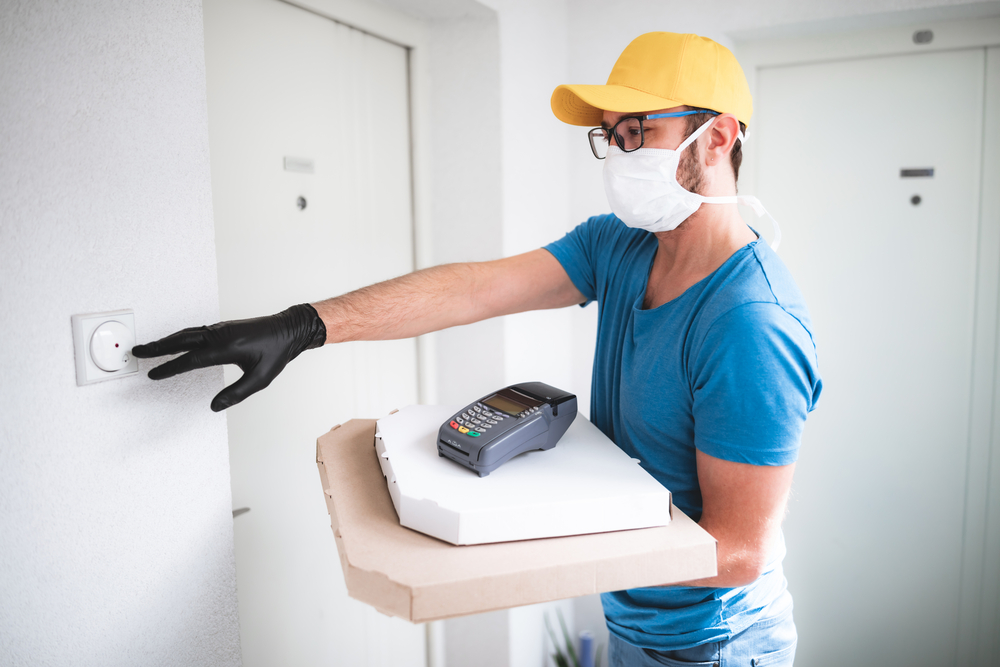There is an enormous black cloud hovering over the workers compensation system: the cost of COVID19 claims. At this point, hedging its bets, the National Council on Compensation Insurance (NCCI) issued a report that projects total work comp losses among the states it administers from a modest (and unlikely?) $2 billion to a catastrophic (yet still possible) $82.5 billion. It’s far too early to tell: we don’t know how long the Pandemic will last, whether it will return after seeming to fade, and whether its destructive impact will continue to evolve.
Historically, insurance carriers have challenged the compensability of illnesses, most of which take years to develop. With the narrow exceptions of coal miner’s lung, asbestos, and virtually any illness among public sector police and fire, carriers have routinely denied claims, primarily because it is often difficult to determine the exact source of an illness. But the vast magnitude of COVID19 exposures, the undeniable connection between continuous exposure and severity of symptoms, and the unprecedented suffering and even deaths of front-line workers, have eliminated the “deny first and let them prove it” approach.
The ultimate cost of the pandemic to workers compensation insurers will be determined by a few key issues:
Compensability: There is a high likelihood that illnesses among first responders and essential workers will be deemed compensable. Any carrier denying these claims would be subject to intense public scrutiny.
Presumptive coverage: a number of states are contemplating providing presumptive coverage for front-line EMTs and health care workers; some are also considering coverage for workers in essential jobs encompassing grocery stores and delivery services. Once presumptive coverage is in place, the burden of proof shifts from the ill worker to the carrier, which would have to show through a “preponderance of evidence” that the illness was not work related.
Scale: what percentage of front-line workers will contract the virus? Estimates range from five to ten percent, with the possibility that it could be significantly higher.
PTD and PPD Claims: Some COVID19 victims suffer long-term damage to hearts, lungs and other organs – claims that may result in permanent/partial or permanent/total coverage.
The Race back to Normal: Given the lingering lack of testing and the pressure to bring people back to work, there is a substantial risk of a second wave of illnesses, which may prove more severe than the initial phase.
The bottom line of the carrier bottom line: front-line and essential workers must be protected through indemnity and medical support. If demands exceed capacity, legislation at the federal level may be required: after all, bailing out an industry doing the right thing makes a lot more sense than bailing out a carrier for doing the wrong thing (no need to mention names).
Jon Coppelman
Senior Workers Compensation Consultant
Related posts:
Workers Compensation: COVID19 = Game Changer!
COVID19: Workers Compensation and Coronavirus Conundrums




